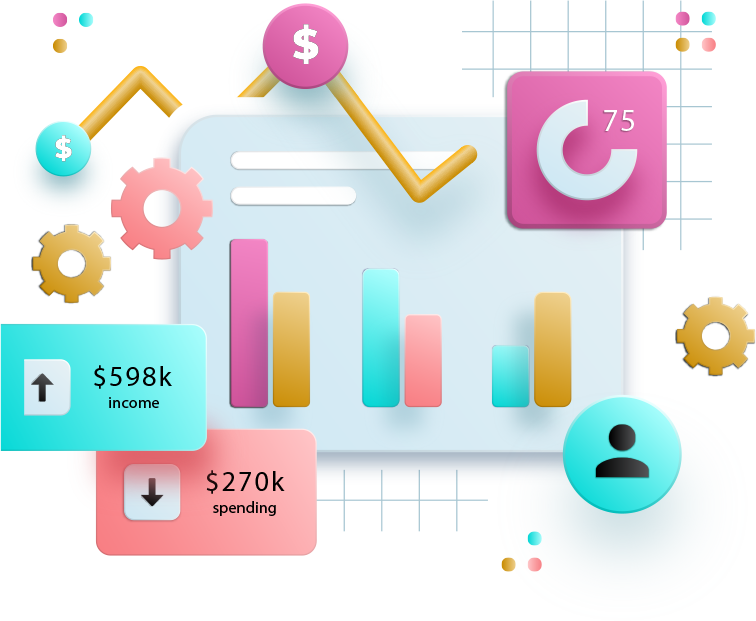
Software Architecture Design
What is Software Architecture Design?
Software Architecture Design is the process that determines the structural design of a software system. In this process, important elements such as system components, modules, data flow, communication structure and security are planned. The aim is to ensure that the software is scalable, sustainable, secure and high-performance.
Software Architecture Design
The Importance of Software Architecture
• Prevents code duplication and makes the software easier to maintain.
• Provides an expandable and flexible structure.
• Increases performance and ensures that the system operates efficiently under load.
• Minimizes security vulnerabilities and ensures that the system is resistant to attacks.
• Makes it easier for the team to work together and increases efficiency in large projects.


Software Architecture Design
Software Architecture Patterns
Many software architecture patterns are used according to different system requirements. Here are the most common software architecture patterns:
1. Layered Architecture
• It is the most widely used model.
• The system is divided into different layers such as presentation layer, business logic layer and data layer.
• For example, MVC (Model-View-Controller) is based on this architecture.
Advantages:
✅ Modular structure prevents code repetition.
✅ Increases testability.
✅ Easy to maintain.
Disadvantages:
❌ There may be performance loss in large systems.
❌ Transitions between layers can slow down the system.
2. Microservices Architecture
• Ideal for large and complex systems.
• The application consists of small services that work independently.
• Example: Large systems such as Netflix and Amazon use this model.
Advantages:
✅ Provides flexibility, each service works independently.
✅ Easily scalable.
✅ Thanks to fault isolation, if a service crashes, the entire system is not affected.
Disadvantages:
❌ Can be difficult to manage.
❌ Data synchronization can be problematic in distributed systems.


3. Event-Driven Architecture
• Provides event-based communication between services.
• Ideal for real-time applications.
• Example: IoT systems, finance applications, notification systems.
Advantages:
✅ Provides real-time processing capacity.
✅ Advantageous in terms of performance.
Disadvantages:
❌ Requires complex error management.
❌ It can be difficult to ensure data consistency.
4. Server - Client Architecture
• Works between the client (user) and the server (data provider).
• Widely used in web and mobile applications.
Advantages:
✅ Easy to manage and scale.
✅ It is possible to develop user-friendly systems.
Disadvantages:
❌ Does not work without network connection.
❌ If the server crashes, the entire system may be affected.


5. Service Oriented Architecture (SOA)
• Services operate as independent components that perform specific tasks.
• Preferred for enterprise software.
Advantages:
✅ Services can be reused.
✅ Suitable for large-scale systems.
Disadvantages:
❌ Can be difficult to manage.
❌ Network traffic can increase.
Software Architecture Design
Which Architectural Model Should Be Chosen?
The following criteria should be taken into account when choosing an architectural model:
✔ Scale of the application (Layered architecture is more suitable for small projects, microservices is more suitable for large projects.)
✔ Performance requirements
✔ Security requirements
✔ Ease of maintenance and updates
✔ Team competencies and technical infrastructure
